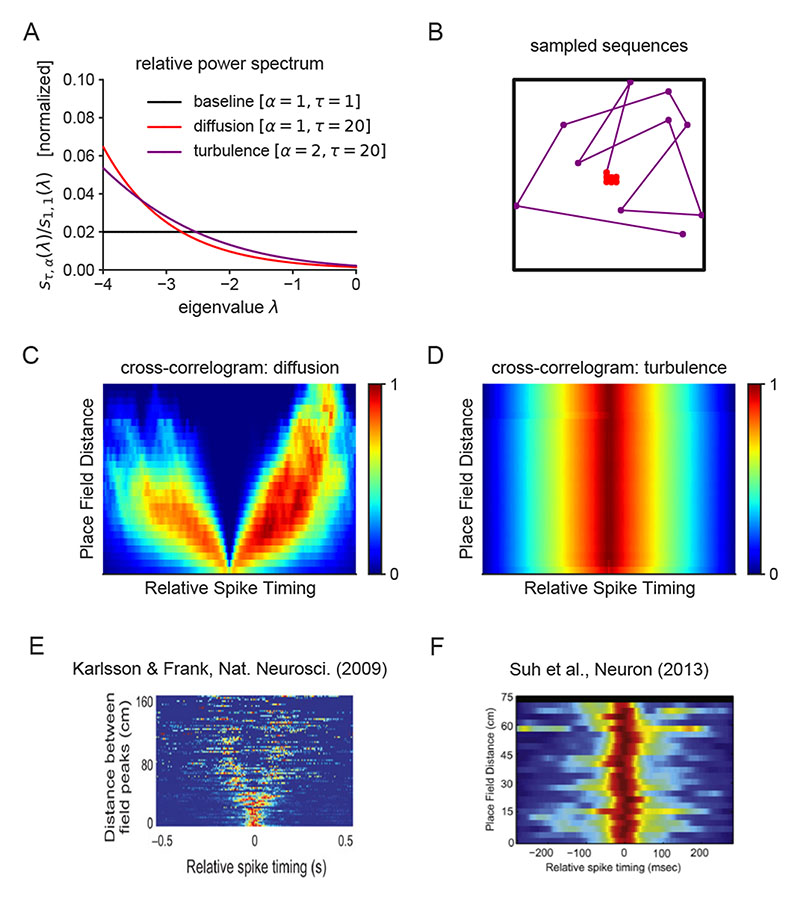Figure 8. Dysregulated spectral modulation cause pathological forms of hippocampal reactivations.
A. An imbalance in the entorhinal power spectrum (purple line) results in turbulent sequence generation. B. As demonstrated in an open box environment, the resulting trajectories essentially sample randomly and thus are inconsistent with the spatiotemporal structure of the environment. C-D. Propagator cross-correlograms organized as a function of place field distance in the diffusion (panel C) and turbulent (panel D) regimes. E. The same analysis of electrophysiological recordings in rodent hippocampus (panel from Ref. [41]) revealed the characteristic V structure as in the structurally-consistent diffusion regime (panel C). Intuitively, the V-structure reflects the fact that it takes time for the process to diffuse over space as a function of the distance between locations. F. In a genetic mouse model of schizophrenia40, the time interval between place cell activations in mutant mice did not reflect the spatial distance between the corresponding place fields, and the resulting cross-correlograms resembled those computed in the turbulent regime (panel D).

